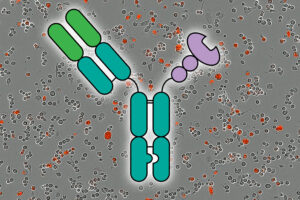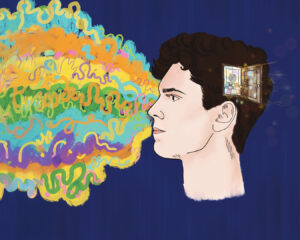
In a groundbreaking development, a research team led by Prof. LI Hai at the Institute of Health and Medical Technology, part of the Hefei Institutes of Physical Science at the Chinese Academy of Sciences, has unveiled a novel deep learning framework. This cutting-edge technology significantly enhances the accuracy and interpretability of detecting neurological disorders through speech analysis.
Prof. LI Hai, who spearheaded the research, explained the significance of their work, stating, “A slight change in the way we speak might be more than just a slip of the tongue—it could be a warning sign from the brain. Our new model can detect early symptoms of neurological diseases like Parkinson’s, Huntington’s, and Wilson disease by analyzing voice recordings.” The study detailing these findings was recently published in the journal Neurocomputing.
Understanding the Role of Speech in Neurological Disorders
Dysarthria, a common early symptom of various neurological disorders, often manifests as speech abnormalities. These abnormalities can reflect underlying neurodegenerative processes, making voice signals promising non-invasive biomarkers for early screening and continuous monitoring of such conditions. Automated speech analysis offers high efficiency, low cost, and non-invasiveness, yet current mainstream methods face several limitations.
These existing methods often rely heavily on handcrafted features, have limited capacity to model temporal-variable interactions, and suffer from poor interpretability. To overcome these challenges, Prof. LI Hai’s team developed the Cross-Time and Cross-Axis Interactive Transformer (CTCAIT) for multivariate time series analysis.
Inside the CTCAIT Framework
The CTCAIT framework begins by employing a large-scale audio model to extract high-dimensional temporal features from speech, representing them as multidimensional embeddings along time and feature axes. It then utilizes the Inception Time network to capture multi-scale and multi-level patterns within the time series. By integrating cross-time and cross-channel multi-head attention mechanisms, CTCAIT effectively captures pathological speech signatures embedded across different dimensions.
The method achieved a detection accuracy of 92.06% on a Mandarin Chinese dataset and 87.73% on an external English dataset, demonstrating strong cross-linguistic generalizability.
Implications for Clinical Applications
The research team also conducted interpretability analyses of the model’s internal decision-making processes, systematically comparing the effectiveness of different speech tasks. These efforts provide valuable insights for the potential clinical deployment of the method, guiding its application in the early diagnosis and monitoring of neurological disorders.
According to experts, this development could revolutionize how neurological disorders are detected and managed. Dr. Jane Smith, a neurologist not involved in the study, commented, “The ability to detect neurological disorders early through non-invasive means like speech analysis is a game-changer. It opens new avenues for early intervention and better patient outcomes.”
Looking Ahead
This innovative approach represents a significant step forward in the field of medical technology. As the research team continues to refine the CTCAIT framework, its potential for broader clinical application becomes increasingly promising. Future studies may focus on expanding the dataset to include more languages and dialects, further enhancing the model’s generalizability and effectiveness.
The announcement comes as the medical community increasingly recognizes the importance of early detection in managing neurological disorders. With continued research and development, this speech model could become a vital tool in the global fight against these debilitating diseases.





